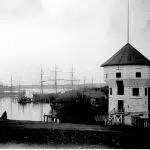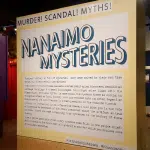
‘It could be a really good show’: popular meteor shower expected to light-up sky
NANAIMO — Conditions are ideal for what could be highly visible dazzling streaks zipping across the night sky.
The annual Perseids meteor display peaks this weekend overnight Saturday going into Sunday before fading, according to Vancouver Island University astronomy professor Dr. Gregory Arkos.
“It could be a really good show this year. I encourage people, if you’re keen, to get out there and be patient and enjoy the show,” Arkos told NanaimoNewsNOW.
The stars appear to be aligned for a favourable Perseids display.


